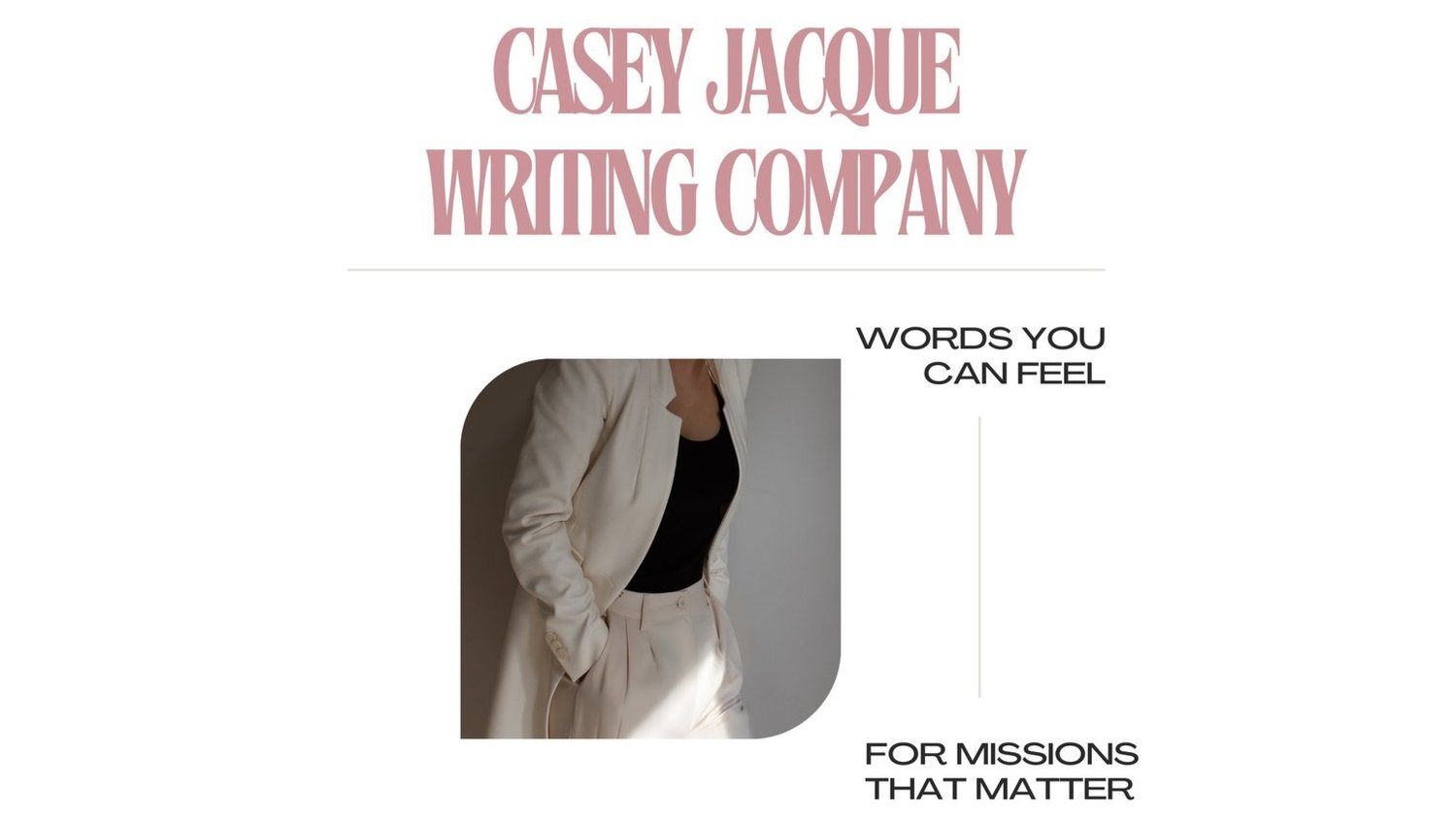What Is Sustainability? An Environmental Scientist & Farmer Gives Us An Insider’s Take
Article Published for The Vital Creative Collection—Written by Our Editorial Director, Casey J. Balon
Photo by Kateryna-Hliznitsova
The plant and soil guy
I recently sat down with an environmental scientist and farmer to get his take on what the term “sustainable agriculture practice” actually means. As we spoke, we decided a much more proficient route of discussion would be to focus on sustainability as a whole. Our conversation was light in nature, and to the point.
Did I mention — he also happens to be my brother?
Photo Provided by Landon Balon
The 3 pillars of sustainability
Casey: Can you begin by telling me what sustainability means to you?
Landon: Sustainability refers to the maintenance — and protection — of balance. It isn’t simply about prioritizing the environmental factor.
There are 3 main pillars of sustainability:
The Human and Social Component (which can expand into societal influences and partnerships)
The Economic Pillar
The Environmental Pillar
Photo by Nikola Jovanovic
Addressing nuance and undertone
C: Based on our previous conversations, would you say that defining “sustainable agriculture” and “regenerative practice” is a somewhat controversial area of discussion?
L: It’s not really controversial; it just depends on what someone considers to be an acceptable and beneficial [practice], and what isn’t. Quality over quantity, what you agree the definition of sustainability actually should be, etc.
It also depends on the location you are referring to, as well as the environment and your growing conditions. It depends on what you are starting with — your soil type, your ecosystem, your moisture, your climate, what you are trying to produce, the community, it’s everything.
Photo by Melissa Askew
C: What I’m hearing is that all contributing factors in a specific circumstance must be considered.
L: Defining sustainability is often a specific question.
From the higher perspective, you have to create harmony — and balance the focus — between prioritizing the environment, humans, and economic viability.
There is often a hyper-fixation on one of the pillars, and a disregard for the others, but different aspects of each are needed. It’s actually quite simple, and people do know this.
Photo by Ola Dybu
C: Can you tell me more about the impact of hyper-fixating on one aspect?
L: When you focus on one pillar of sustainability and pretend the other components are not valid, the system weakens.
You can see this often in political parties. One party will hyper-fixate on economic viability, the other will completely disregard the long-term effects of their decisions economically while they focus only on the social influences and human perception component, and another party will focus solely on the environmental component.
C: So essentially we tend to pretend sustainability doesn’t encompass the whole system (as if change could be made in a silo), but you need all of them to work together.
L: You need all of them. True sustainability is all of them.
“We need to be in the dirt together. We need to look to mother earth as our template.”
Living as an integral part of nature without causing destruction
C: We’ve talked about the difference between remediation and reclamation strategies before, and I’ve heard you say that full restoration of a natural environment is very rare. How does this impact our conversation today?
L:
“One of the best practices for sustainability is to not do anything to the natural environment. Ultimately, the best practice is to leave nature undisturbed, and alone.”
C: That hit. Thank you for that, and for today.
L: I think taking our conversation in this direction makes sense.
C: Me too. I can’t wait to continue expanding on this.
In future conversations, we will explore questions such as:
What does it mean to be in relationship with the soil?
What are a few examples of sustainable living practices you could offer someone intrigued by our conversation today?
Update: You can find Part 2 of our conversation here: Part 2 with Landon
Photo by Nicole Romanoff
Article Written by Casey Balon, Editorial Director of Casey Jacque
Casey is a writer & creative director based outside of Saskatoon, Saskatchewan. With a heart for literary journalism, an appetite for adventure, and a spark for creating dynamic — and deeply collaborative — environments, her aim is to bring Genuine Voices back to the Creative Table. When she’s not carrying out an interview, or writing about Creative Vitality through the lens of the body, you can find her hiking with her dogs, regenerating with her fiancé, diving deep with dear friends, or exploring a new country.
Let’s Connect: Instagram @iamcaseybalon, e-mail casey@caseyjacque.com
Read More: About the Author
— Interview Subject: Landon Balon, Environmental Scientist & Farmer (Connect with Landon here: @accordingtolandon)








